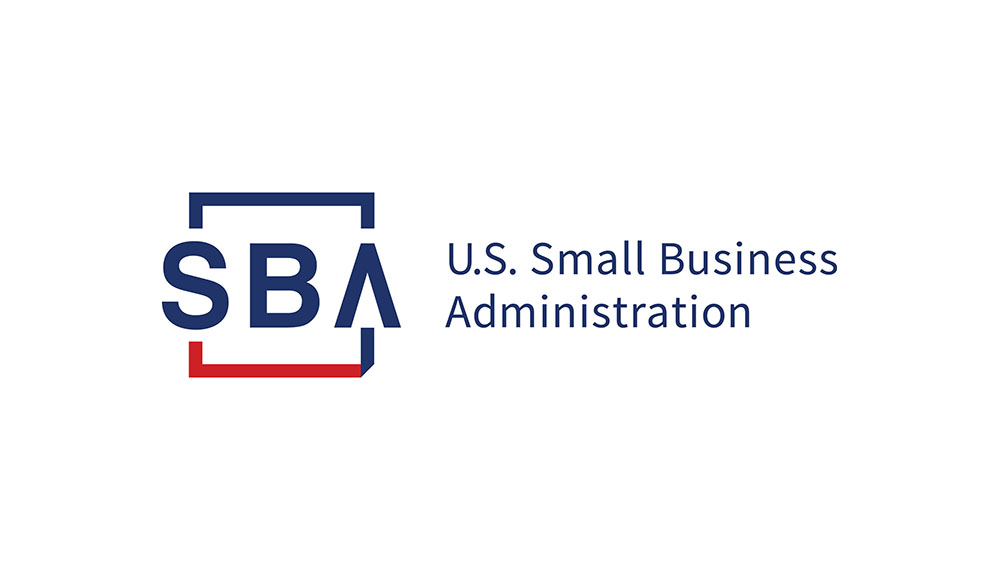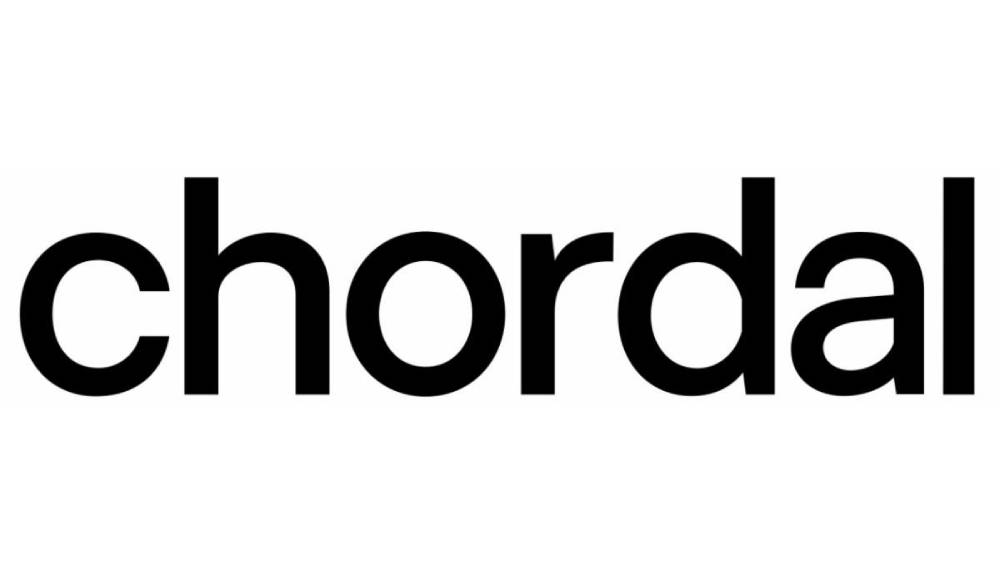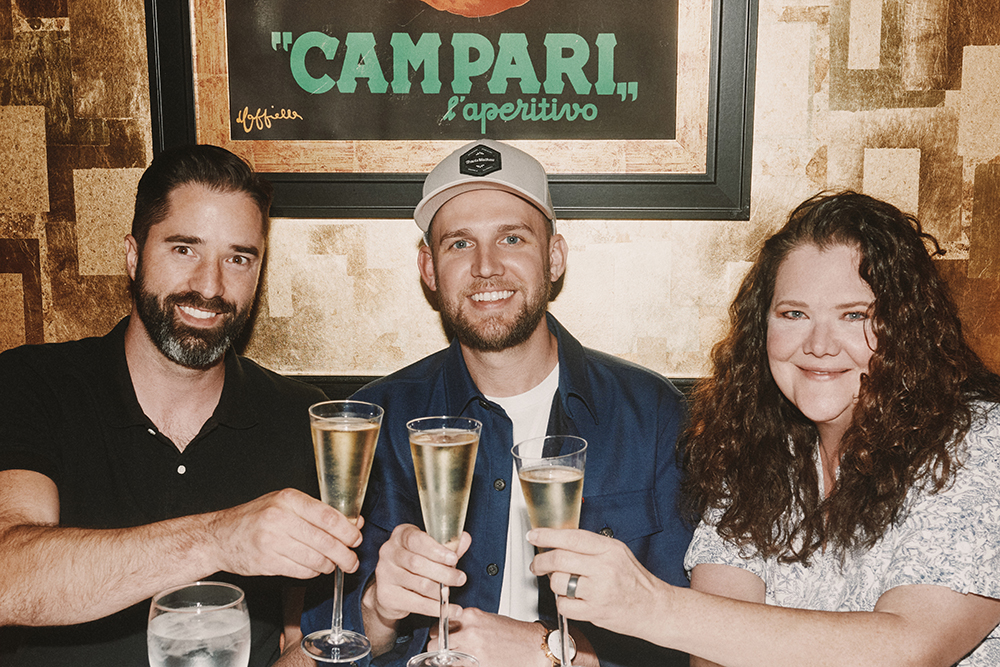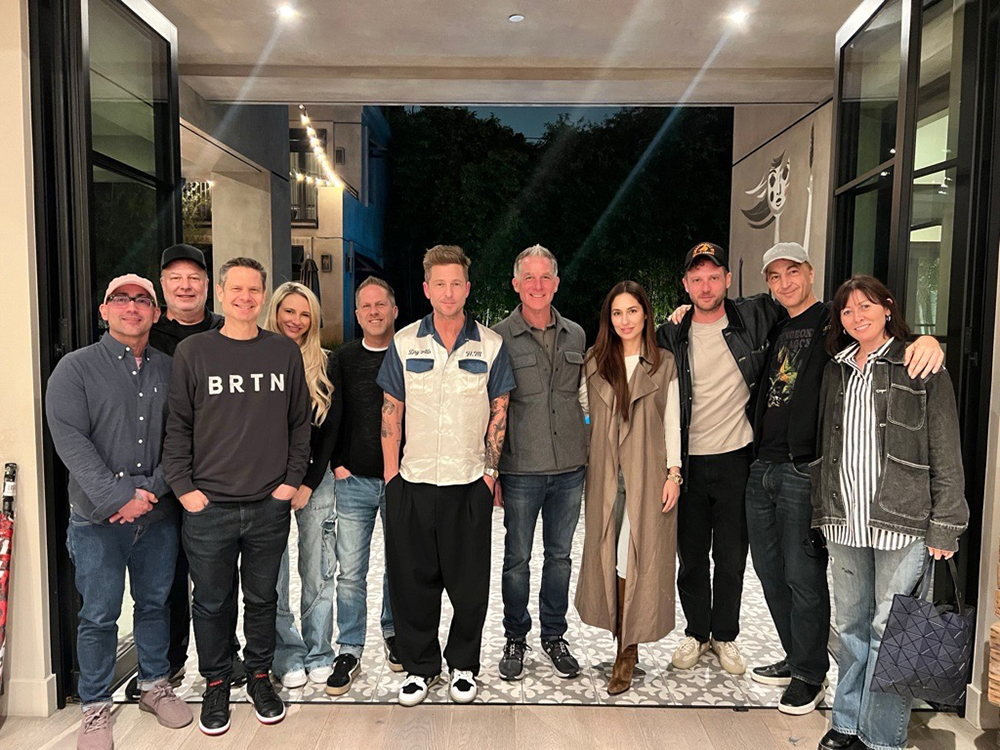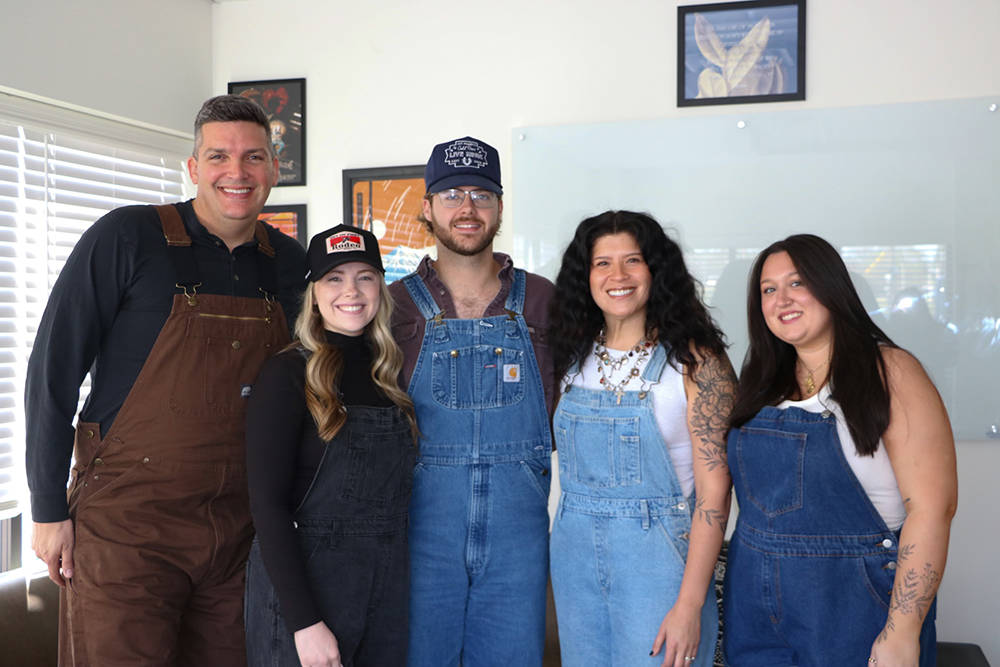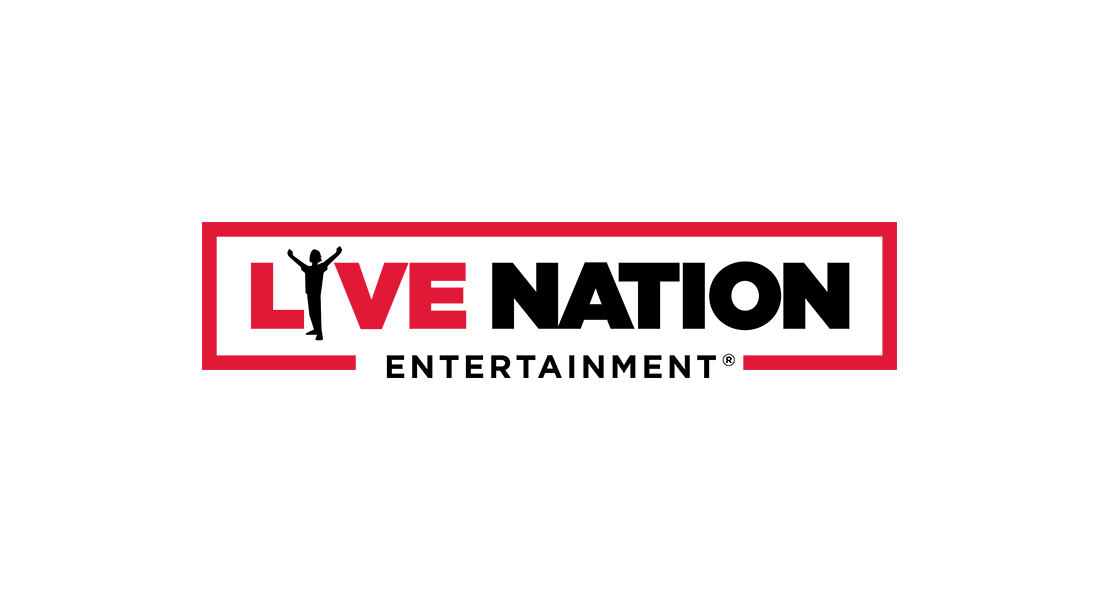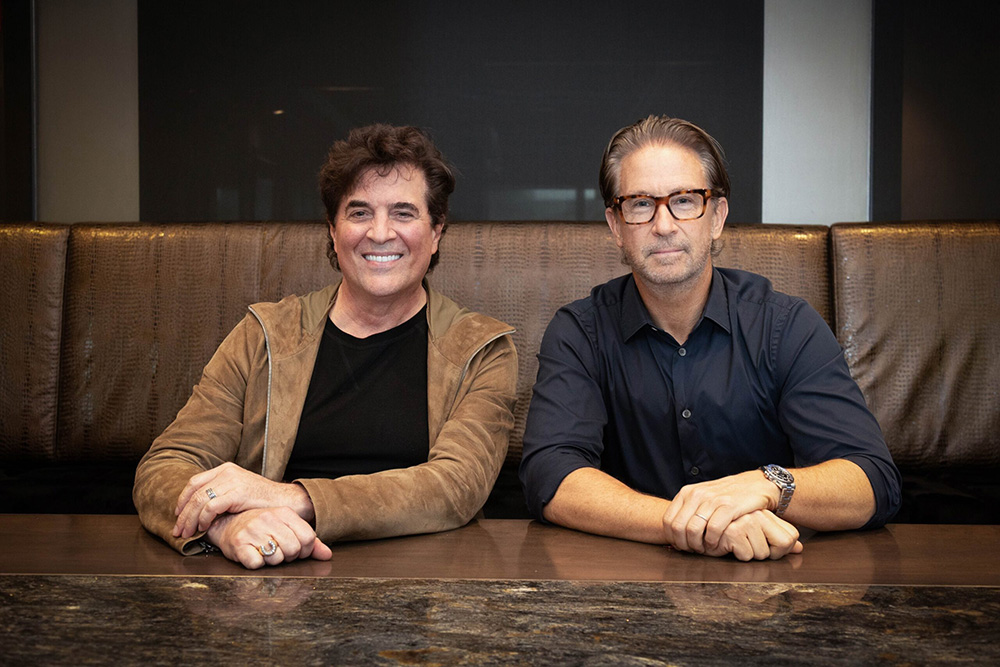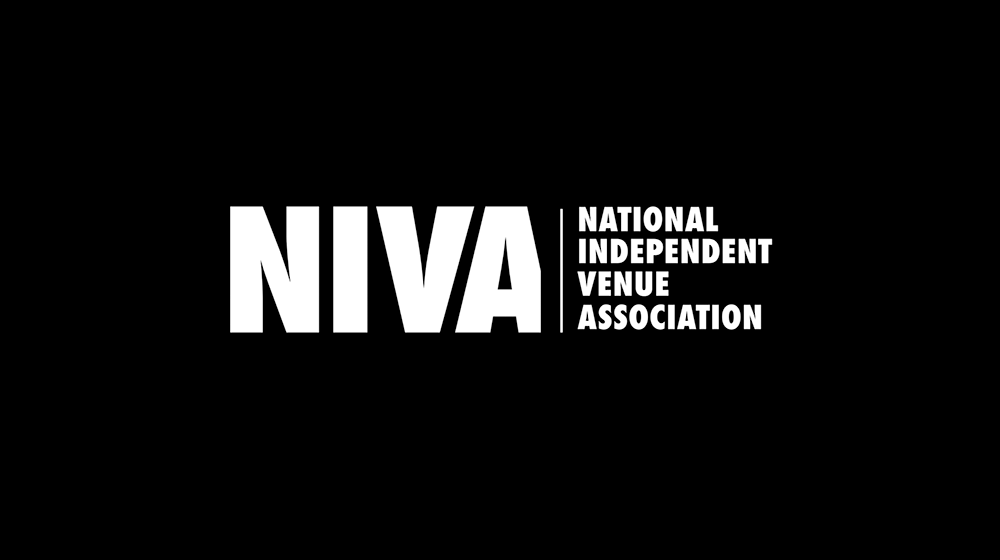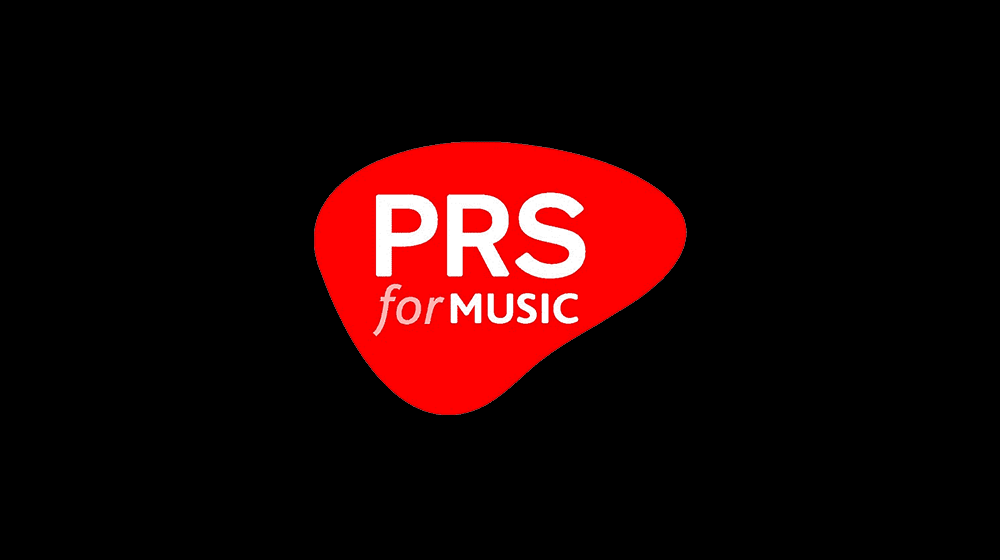(Hypebot) — One of the major downsides to live streamed events has been the loss of revenue from merch sales. Here, we look at how shipping add-ons like kits or t-shirts to virtual attendees can actually help to boost revenue.
Guest post by Rudi Greenberg of Eventbrite
When Britteny Floyd-Mayo, aka Trap Yoga Bae, hosts one of her high-energy vinyasa flow yoga classes at venues across the country, she sticks around after to chat with attendees and sell branded t-shirts and tote bags. Merchandise makes up a key part of her revenue — she typically makes $1,400 in merch sales for a 350-person event — so when Floyd-Mayo decided to produce her first virtual Trap Yoga Bae experience using Eventbrite in June, she didn’t want to lose out on a key segment of her business.
Much like her pivot to online events, she changed her merch approach, leveraging Eventbrite’s add-ons feature (available to Professional and Premium organizers) to sell three different t-shirt designs to attendees as they purchased tickets. Floyd-Mayo drew about 350 attendees to the Zoom event — just like a normal in-person event — and sold nearly $1,000 worth of playful, branded shirts. That may seem like a loss on paper, but without the overhead of traveling and staying in a hotel (along with other in-person expenses) she actually came out on top.
“The overhead was something like 8% of what it would have been,” Floyd-Mayo says. “It did more than balance out — it tipped the scales super favorably. For people who buy things that they can’t see or touch, I was happy.”
The Oakland-based wellness mogul was so pleased with the results that it’s changing her overall outlook on her events moving forward. “That first virtual event went really well,” she says. “Honestly, I was like, ‘I’m never doing a live event again — this is so awesome!’ ”
Add-ons provide a physical connection — and more revenue
As events have moved online in the wake of COVID-19, Floyd-Mayo was able to tap into an element that’s often missing from the virtual experience: something tactical, something people can hold onto and remember the event by. Physical merch, DIY kits, and products shipped to attendees’ homes have increasingly become a successful way for online event creators to expand their reach (and revenue) for virtual events. If you can’t bring people together in-person, you might as well bring the event to them by sending something to their door.
That idea was a driving force behind Vegas Beverage Group’s shift to online beer festivals. Under the company’s Rock Star Beer Festivals brand, the group had been hosting beer and music festivals nearly every weekend, drawing an average of 1,000 attendees to each event in a variety of US cities. Now, the company has pivoted to a new model, hosting regionally-focused online beer festivals on YouTube and working with a distribution company to ship 10 featured beers (and swag) directly to attendees, or partnering with a local brewery for in-person pickup.
Ticket types offer maximum flexibility
Using Eventbrite’s ticket types feature (available with the Professional and Premium packages), the company is seamlessly able to offer shipping or pickup options for attendees in localities that allow it, such as Denver, Boise, ID, and throughout California.

“The biggest struggle was how to pull this off operationally,” says Ryan Wieczorek, Vegas Beverage Group’s director of sales and marketing. “We’ve been doing in-person events for so long. To take it to a level where people enjoy it from their living room, and we’re able to get products delivered to their house, took a lot of digging and finding out the rules.”
Now they work with one point of distribution, which does the literal heavy lifting, directly ordering beers and shipping them out to customers. “We can go over there and teach them how to do the shipping and packaging — we have to be able to train their staff to package properly,” Wieczorek says.
Grow your audience with at-home delivery
Though Wieczorek says overhead has increased — a combination of shipping costs and production costs for each festival’s YouTube videos that feature guided beer tastings, musical performances, and trivia — delivery has allowed the company to reach a new customer base. They’re averaging about 2,500 attendees for each festival, a 150% increase from in-person.
“It’s cool because now you’ve got a whole new audience that’s coming to you, along with your existing clientele,” Wieczorek says. “It gives more opportunity for growth and more options for more people to be at our events.”
Add-ons help level up your online events
Both Floyd-Mayo and Wieczorek think there’s a future for online events — even when in-person events inevitably return — and these physical add-ons make virtual events more sustainable for creators and more attractive to attendees.
“As long as there’s demand for it, we’re definitely going to keep doing it,” Wieczorek says. “Even when things do reopen some people may not want to expose themselves. I also think we created a new pathway. Before, virtual events were somewhat unheard of, but now it could be something that stays with us.”
Engage your audience in their civic duty with HeadCount
Creators can also use add-ons and ticket types to engage attendees in the civic process leading up to November’s presidential election. Thanks to Eventbrite’s partnership with HeadCount, a non-partisan organization that registers people to vote at events, organizers can add “Register to Vote with HeadCount” as a free ticket type — helping eligible attendees register to vote when buying tickets to their events.
Add-ons can help streamline in-person events
Floyd-Mayo was half-joking when she said she’s never doing an in-person event again, but she does plan to continue using the add-ons feature for both types of events.
“I love it,” she says of add-ons. “Now, when we have other events, we can just copy it. I set it up one time and don’t have to do it again. It’s a huge selling point.”
She also anticipates using add-ons to pre-sell merch for in-person events, setting up one line after her class for people to pick up their orders, another for on-the-spot purchases.
“That way we can have that stuff prepared,” Floyd-Mayo says. “I didn’t like bringing merch on tour because you would sell out of some sizes. Now we can have that made for them and brought with us.”
She also understands what add-ons bring to her bottom line.
“It’s a nice way to maximize revenue,” Floyd-Mayo says. “It is nine times easier to upsell to someone than to get someone else to purchase a ticket to my class at $25, and a shirt is $25. I am more likely to make that $50 sell to one person than to get two new people to [buy a ticket]. Once people open up their wallet, especially when you can do add-on upsells and incremental buys, then you’re winning.”
Include add-ons with your next event!
Rudi Greenberg is a content editor at Eventbrite with a passion for covering music, comedy, and events. His writing has appeared in The Washington Post, Relix magazine, U.S. News & World Report, and DCist.





























